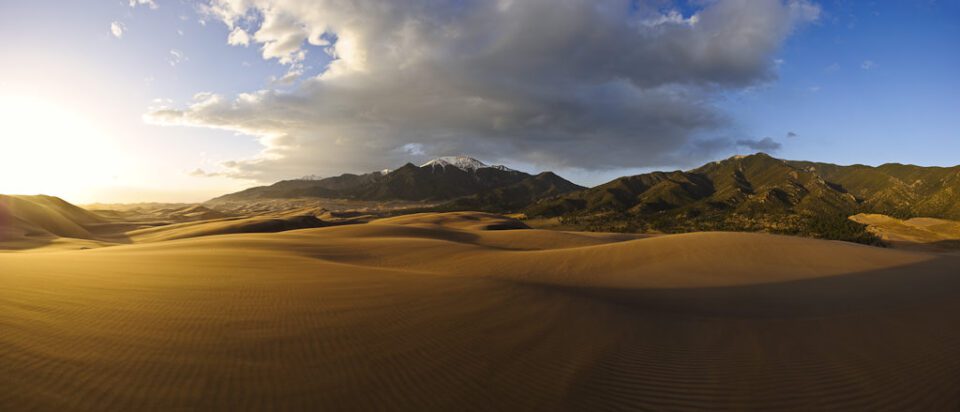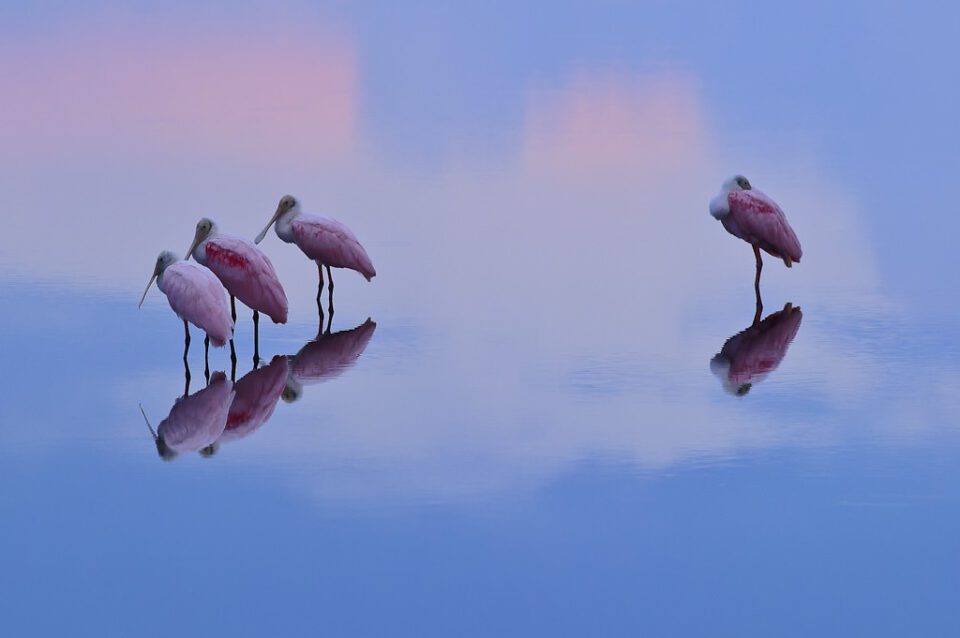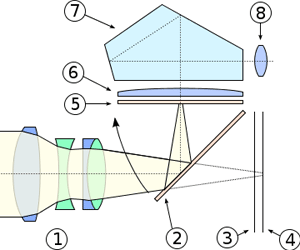Diseases That Plague Photographers
Photography is an art meant to invigorate our creative side and facilitate our ability to see our world in new and interesting ways. Many books, articles, tutorials, and blogs focus on various aspects of the artistic and technical merits of photography. Rarely discussed, however, are some of the strange maladies that afflict photographers. There are the occasional whispers and, “Did you hear about Joe?” types of exchanges, but all too often, such problems are rarely acknowledged and dealt with openly.In an effort to bring such diseases to light, Dr. E.X. Posur, a leading psychiatrist that specializes in treating photographers, highlights a number of common illnesses he has encountered, and their associated symptoms and treatment. Although described individually, they are all part of a common illness labeled “photographus excessivitis”. Rarely will a photographer exhibit symptoms a single disease. Close examination almost always reveals multiple afflictions.

It is important to point out that professional photographers rarely deal with these illnesses, but those that wear the label, “serious amateur” bear the brunt of these diseases. Because professionals have been inoculated by the need to earn a living, they seem to have built up a strong immunity to the diseases outlined in this article. Though they appreciate the merits of their equipment, professional photographers see their equipment as tools to achieve an end, not an end unto itself. This subtle, but critical, difference between the professional and the serious amateur prevents the former from acquiring many of illnesses outlined below. Professionals are not totally immune, however, and can succumb as quickly as any serious amateur if they are not careful.
1) GAS – Gear Acquisition Syndrome
SymptomsThose suffering from GAS become infatuated with new photography equipment, often to the point of temporary neurosis. Cameras, lenses, flashes, bags, hot shoe levelers, camera straps, tripods, ball heads, white balance cards, rain covers, etc. – if camera equipment companies make it, you can be sure that a photographer with a bad case of GAS will find it. This results in an obsessive-compulsive effort to keep up with the latest product cycles, reviews, and opinions. If “new is better”, the notion that “more is better” must be equally true. While this obsession is often directed toward new gear, it can also be focused on older equipment as well. It is not unusual to find those with GAS roaming eBay, estate or yard sales, and photo forums for those vintage bargains of yesteryear. GAS victims often feed their addiction by subscribing to every photo magazine on the Barnes & Noble rack, and check major gear-oriented photography blogs multiple times per day to ensure that no gear-related press announcement – however minor – escapes their scrutiny.
Treatment
Group therapy seems to work best. A qualified psychoanalyst requires members of the group to bring a few pieces of photography equipment to the session, but it must represent the oldest gear they own. They are required to stand up and affirm the positive aspects of their gear, share some photos that were taken with it, and explain why it is still capable of helping them take great photos. This can be a real struggle for some. Other members of the group are encouraged to support the speaker’s affirmations share related stories. During this time, reading gear reviews in any form is strictly prohibited. The success rate is actually pretty good, but it is a long process, often littered with a series of setbacks such as internet binge buying and sneaking into photography forums in the middle of the night.
2) LBA – Lens Buying Addiction
SymptomsLBA is a specialized form of GAS. The severity of LBA, however, can be much more intense. Whereas those afflicted by GAS can satisfy their habit with a myriad of small, relatively inexpensive items, those with LBA are usually in for some major outlays of cash. They can often be found pouring over an extensive array of MTF charts, test shots, reviews, and other technical data that would make most people’s heads’ spin. No amount of differences between lenses is too trivial to be overlooked. LBA sufferers often lead the pack on internet forums in discussions regarding such weighty topic as, “Corner sharpness of the Canikon 50-500mm f/3.5-5.6 DX lens at ISO 12,800 at 400X magnification”.
Treatment
Counseling is strongly recommended. Similar to the treatment for GAS, those with LBA are prohibited from their routine of visiting lens review sites and buying new lenses. They are given a specific project such as finding photography contest winners that used sub-$200 lenses, or assembling a portfolio of the notable photographs of the last century that were taken with relatively inexpensive film cameras and manual focus lenses. They are required to watch Chase Jarvis videos describing amazing photographs taken with the first generation iPhones. ASMP certified counselors will sometimes conduct sessions by traveling with the photographer and restricting his/her to three lenses, then two, and eventually… one! LBA sufferers gradually learn that they can indeed take some amazing photos without having the latest and most expensive gear, or a dozen lenses that have cover the same focal range.
3) PFA – Photo Forum Addiction
SymptomsWith internet access and popularity growing by the day, PFA is a relatively new malady. It is pretty much what it sounds like – people spending obscene amounts of time perusing photography forums and sharing their opinions with others around the globe, from everything from lens caps to digital sensor design. Of course, you are asking, “What’s the harm in some mild-mannered banter on www.mycameraisbetterthanyours.com? Fair enough. A post here, a lens review there, searching for some opinions regarding the latest camera bag, etc. is perfectly fine. There is certainly nothing wrong with seeking out the opinions of peers, who in some cases, are willing to provide valuable insights or time saving advice.
Treatment
Counselors suggest going cold turkey for people with PFA. Many have discovered that within a few short weeks of being away from the dynamics of the forums, they notice things – such as their families, pets, a room that needs to be painted, etc. Most importantly, they discover that they can actually still take pictures (of something other than lens test charts), instead of simply exchanging immature, snarky commentary with those other poor souls on the internet afflicted by the same disease.
4) TUB – The Upgrade Beast
SymptomsThis is probably the most common of the photography maladies. One day, Joe Photographer is admiring his Canikon 1FX8000, thinking it is the epitome of fine engineering, the standard for DSLR styling, and more than capable of capturing the world in all its wonder and splendor under the best and worst of conditions. He writes reviews extolling its virtues to everyone on the internet, and even sends a letter to the President of Canikon singing its praises. He is that elusive creature in this modern world – a totally satisfied customer.
Treatment
As long as the upgrade beast doesn’t inflict the photographer more often than once every two-to-three years, this disease is relatively harmless. The side effects of any treatment, much like the warnings on prescription drugs advertised on television, are likely to be much worse than the disease itself.
In rare cases, however, some photographers have experienced the upgrade beast on a much more frequent basis. Not only do they feel compelled to upgrade their DSLRs, but they wantonly switch brands in the process. This leads to the dreaded domino effect – having to sell every brand specific piece of gear they own, and replace it with that from a competing manufacturer. These tortured souls simply cannot be helped. Similar to the werewolf, only the grave can save them from their agony.





